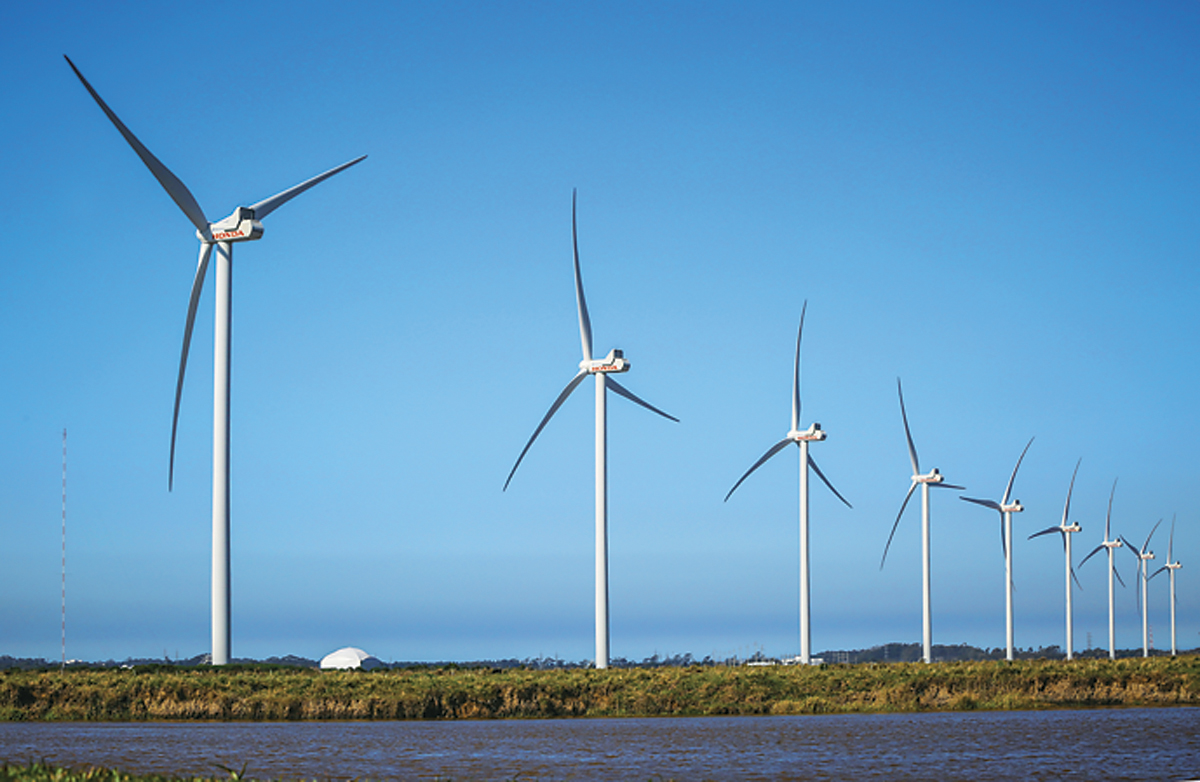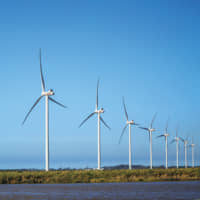Home to more than 200 million people, Brazil is recognized as the sixth-largest automobile market in the world.
Japanese conglomerate Honda saw this opportunity, thus establishing Moto Honda da Amazônia during the ‘70s as it followed its philosophy of “producing where there is a consumer market.”
Fueled by its mission to serve its customers, the company has spent over 48 years producing and importing around 26 million products such as motorcycles, automobiles, power products, as well as marketing the HondaJet, the first aircraft developed by the Honda Aircraft Company.
“We have a wide range of products for different consumer profiles and that makes Honda the only company to provide the mobility for land, water and air in Brazil,” said Issao Mizoguchi, CEO of Honda South America.
Throughout its success, Honda has enhanced its development process and product marketing to accommodate the growing expectations and demands of its Brazilian customers.
Along with its goal to be the leading automotive company in Brazil, Honda also took into account the environmental challenges that the industry is facing.
In order to address this concern, Honda formulated solutions and incorporated into its corporate strategy the aim to lessen the environmental impact of its products and operations and promote the efficient use of natural resources in its facilities.
“A major action of Honda Automóveis do Brasil towards this goal is the creation of the Honda Energy Wind Farm, located in the city of Xangri-Lá (RS). It is the first of its kind in the domestic automotive sector and in the Honda Group worldwide, which is capable of meeting all the electricity demands of the automobile factory in the city of Sumaré and part of Honda’s offices in the state of São Paulo,” shared Mizoguchi.
Honda Energy celebrated five years of activities in 2019. During this period, over 600,000 cars were produced with clean and renewable energy. The inauguration of the wind farm is part of Honda’s global goal of halving its carbon dioxide emissions by up to 2050.
Meanwhile, Moto Honda da Amazônia, its motorcycle plant located in the state of Amazonas, remains to be one of the world’s most vertically integrated Honda motorcycle production unit in the world.
In the same state, Honda maintains about 820 hectares of standing forest and 245 hectares of trees from reforestation, comprised mainly of endangered trees.
“Economic development combined with environmental preservation. This is the premise adopted by Moto Honda for conducting its business in the country. The company considers sustainability in all its decisions and daily activities, aiming at the minimum environmental impact generated by industrial production,” Mizoguchi said.
As Honda ushers in a new line of sustainable products, it aims to better serve its clients and maintain its good relationship with them.
“Honda is a company that acts to create new values for mobility and people’s lives. We serve people in Brazil with the joy of expanding the potential of their day-to-day living and it’s our goal to do it sustainably,” Mizoguchi concluded.





